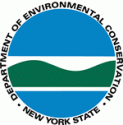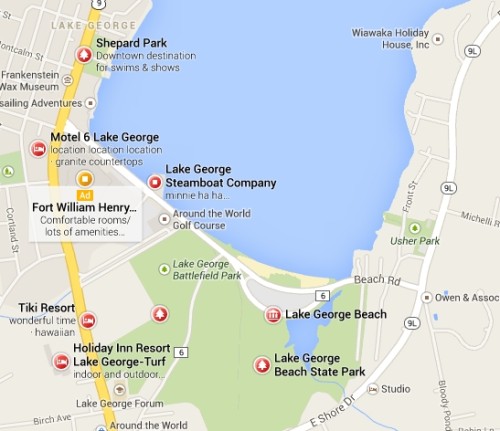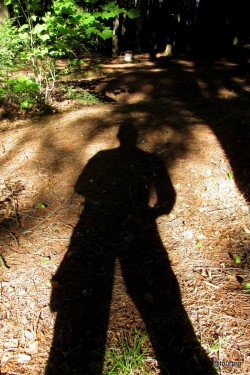Common Redpolls with Salmonella Frequented Bird Feeders across 13 Counties in 2013
 In January and February 2013, the New York State Department of Environmental Conservation (DEC) confirmed infections with the bacteria Salmonella in common redpolls that frequented bird feeders across 13 counties*. No confirmed cases have been identified to-date in 2014, however it is the time of year when DEC receives reports of dead common redpolls that became infected with Salmonella at bird feeders. Proper maintenance of bird feeders can help prevent disease transmission, particularly in these late winter months when songbirds are especially vulnerable.
In January and February 2013, the New York State Department of Environmental Conservation (DEC) confirmed infections with the bacteria Salmonella in common redpolls that frequented bird feeders across 13 counties*. No confirmed cases have been identified to-date in 2014, however it is the time of year when DEC receives reports of dead common redpolls that became infected with Salmonella at bird feeders. Proper maintenance of bird feeders can help prevent disease transmission, particularly in these late winter months when songbirds are especially vulnerable.
Salmonellosis or “Songbird Fever” is among the most common diseases associated with bird feeders. Outbreaks can affect many bird species including cardinals, goldfinches, sparrows, cowbirds and pine siskins. The bacteria can be shed in the bird’s feces even when the bird appears healthy. Salmonellosis can spread through contact with infected birds, contaminated seed, seed waste on the ground or water in bird baths. It is important to note that salmonellosis is a zoonotic disease and can be spread to both people and domestic animals. Other common songbird diseases that are spread through bird feeders are Mycoplasma Conjunctivitis (an eye infection of House Finches) and Trichomoniasis (an oral parasite of songbirds, pigeons and doves).
A bird feeder surrounded by the various species of birds is a common sight in many residential backyards. Bird feeders can be a safe and enjoyable way to watch birds from the comfort of one’s home but under the right circumstances birdfeeders can also be a place where diseases can spread very quickly between birds because of their close contact with each other.
New Yorkers can help curtail the spread of disease in songbirds by emptying and cleaning feeders and bird baths with hot soapy water at least every two weeks. It is also a good idea to soak feeders in a dilute 10 percent bleach solution and allow them to dry before re-hanging them. Waste seed on the ground beneath feeders should be cleaned up and discarded. Spreading feeders out and relocating feeders periodically can also limit the build-up of waste. Practice good hygiene when cleaning feeders and bird baths by wearing gloves to handle seed waste and washing hands after performing maintenance. If you observe multiple sick or dead birds at your feeder, please report them to your local DEC office. A list of DEC’s office can be found here: DEC Regional Office Directory
The Cornell Laboratory of Ornithology’s Project Feeder Watch has a great deal of helpful information about feeding backyard birds at: Feeding Birds
*(Adirondack Region: Fulton, Herkimer, and Essex Counties)





